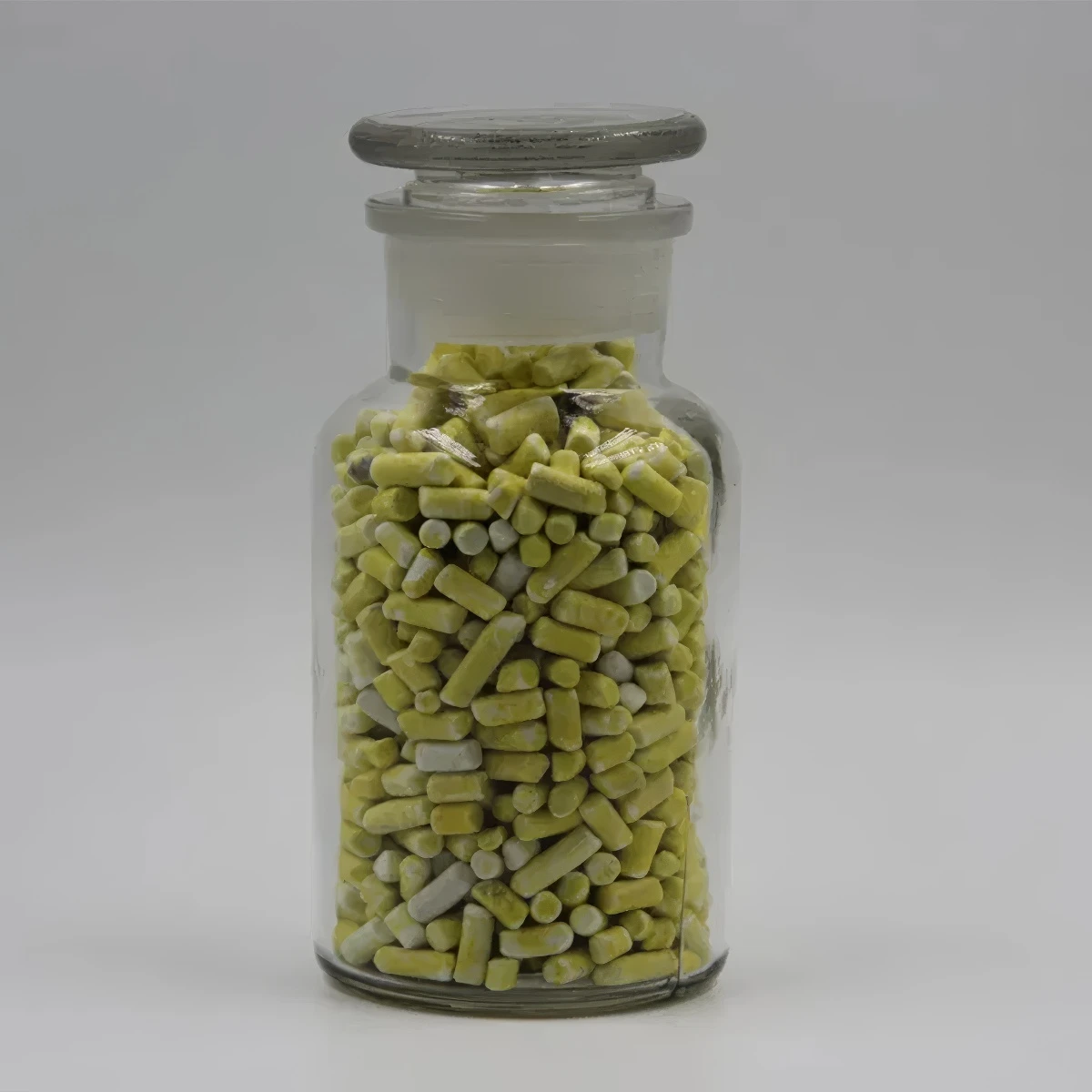



chemicals used for disinfection of water
Chemicals Used for Disinfection of Water
Water disinfection is a critical process that ensures the safety and quality of drinking water, preventing waterborne diseases and protecting public health. Various chemicals are employed in water treatment facilities to eliminate pathogens and contaminants. This article explores some of the most common chemicals used for disinfection, their mechanisms, advantages, and potential drawbacks.
Chlorine is one of the most widely used disinfectants in water treatment. It acts by penetrating the cell walls of microorganisms, disrupting their metabolic processes, and ultimately leading to their destruction. Chlorination is effective against a broad range of pathogens, including bacteria, viruses, and protozoa. One of the main advantages of chlorine is its residual effect; even after initial treatment, chlorine remains in the water, providing continued disinfection as the water moves through the distribution system. However, chlorine can react with organic matter in the water, leading to the formation of chlorinated by-products, some of which are harmful and can pose health risks.
Chloramine, a compound formed by combining chlorine with ammonia, has gained popularity as an alternative disinfectant. Chloramines are less reactive than chlorine with organic materials, resulting in fewer by-products. They also provide a longer-lasting disinfection effect in the distribution system. However, chloramine is less effective against certain pathogens, such as Giardia and some viruses, compared to chlorine. Thus, while chloramine is safer in terms of residuals, additional measures may be necessary to ensure comprehensive disinfection.
chemicals used for disinfection of water

Ozone is another powerful disinfectant used in water treatment processes. It works by oxidizing microorganisms, effectively destroying bacteria and viruses. Ozone has the advantage of being a strong oxidizing agent, which makes it highly effective against a wide range of pathogens. Additionally, it leaves no harmful residuals in the water. However, ozone must be generated on-site due to its instability, and the equipment can be costly to install and maintain. Moreover, though ozone is effective against pathogens, it does not provide a residual disinfecting effect, which means that additional treatment may be necessary to ensure ongoing safety.
Ultraviolet (UV) light is a physical disinfection method that uses UV radiation to inactivate microorganisms by damaging their DNA. This method is gaining popularity due to its effectiveness against bacteria, viruses, and protozoa without the addition of chemicals, thus eliminating the risk of toxic by-products. UV systems are typically compact and easy to operate, making them suitable for a variety of settings. However, UV disinfection requires clear water, as turbidity can shield pathogens from the UV light, making the process less effective.
Hydrogen peroxide is another chemical disinfectant used in water treatment. It serves as both an oxidizing agent and a disinfection agent by producing free radicals that can kill microorganisms. Hydrogen peroxide decomposes into water and oxygen, leaving no harmful residues in the treated water. However, it is generally less effective than chlorine against certain types of pathogens and may require higher concentrations for effective disinfection.
In conclusion, various chemicals are used for the disinfection of drinking water, each with its own advantages and disadvantages. Choosing the right disinfectant depends on factors such as the specific contaminants present, regulatory requirements, and the desired residual effects. Ongoing research and technological advancements will likely continue to enhance the efficacy and safety of water disinfection methods in the future. Ensuring access to safe and clean drinking water remains a global priority, and effective disinfection plays a crucial role in achieving this goal.
-
Why Sodium Persulfate Is Everywhere NowNewsJul.07,2025
-
Why Polyacrylamide Is in High DemandNewsJul.07,2025
-
Understanding Paint Chemicals and Their ApplicationsNewsJul.07,2025
-
Smart Use Of Mining ChemicalsNewsJul.07,2025
-
Practical Uses of Potassium MonopersulfateNewsJul.07,2025
-
Agrochemicals In Real FarmingNewsJul.07,2025
-
Sodium Chlorite Hot UsesNewsJul.01,2025










